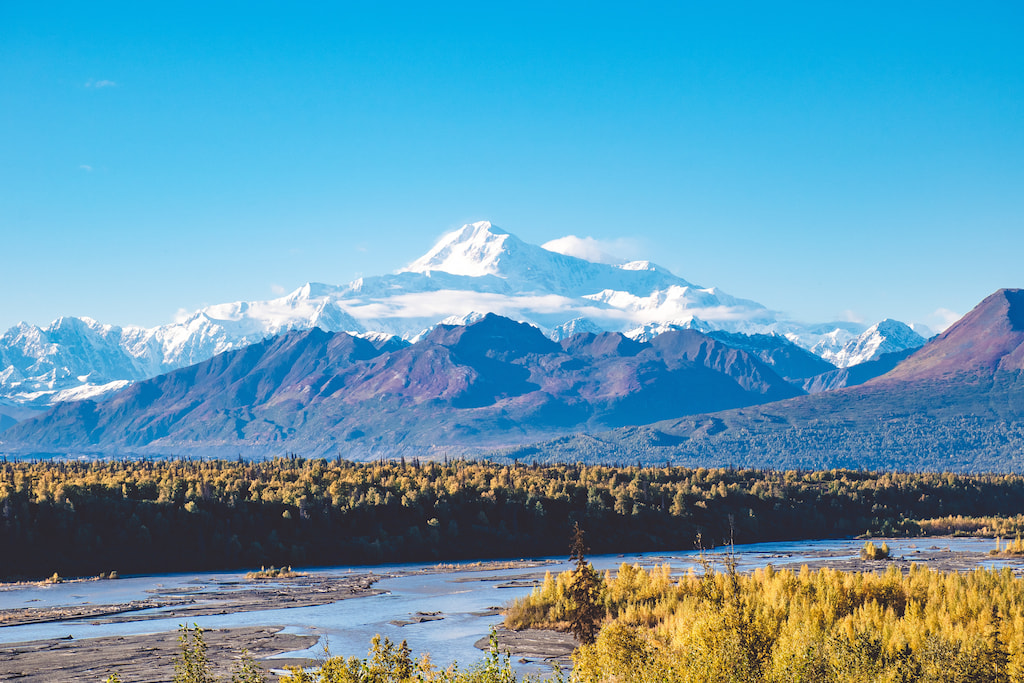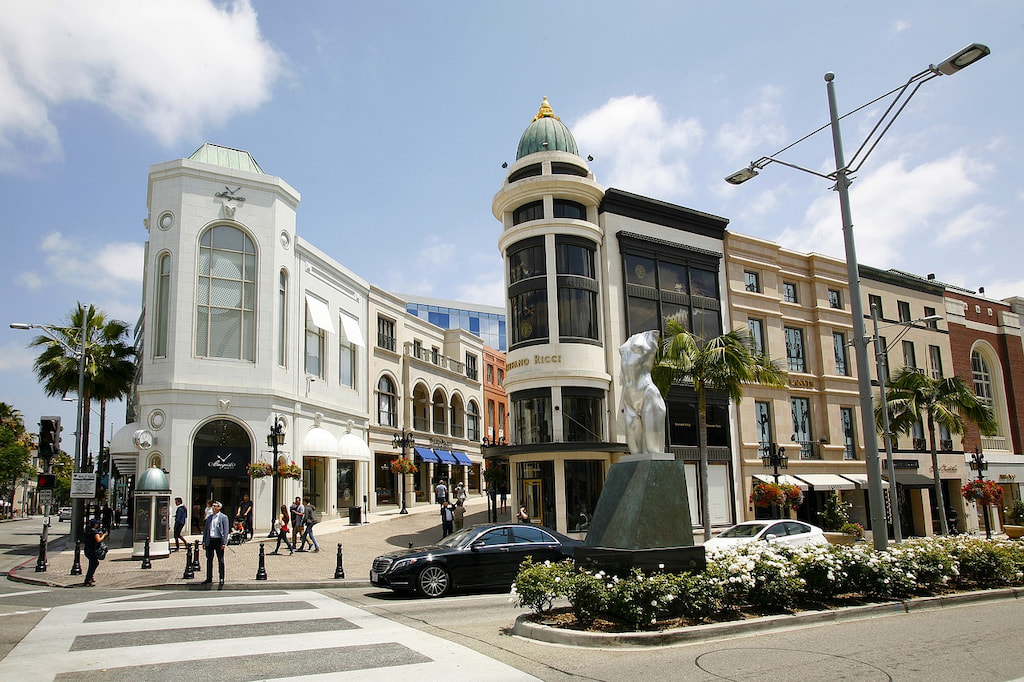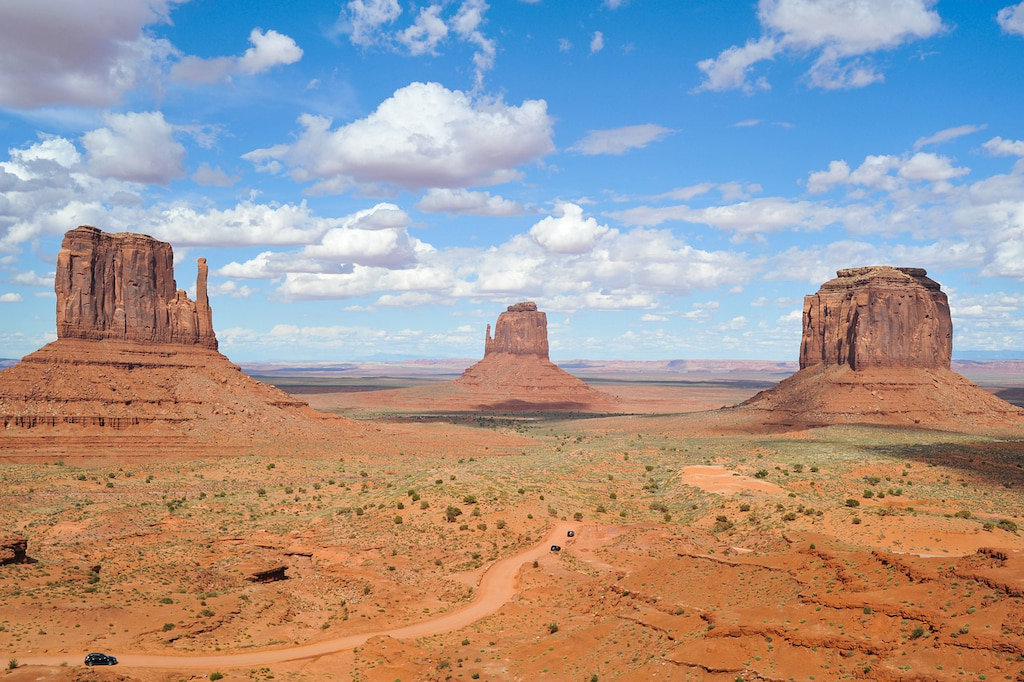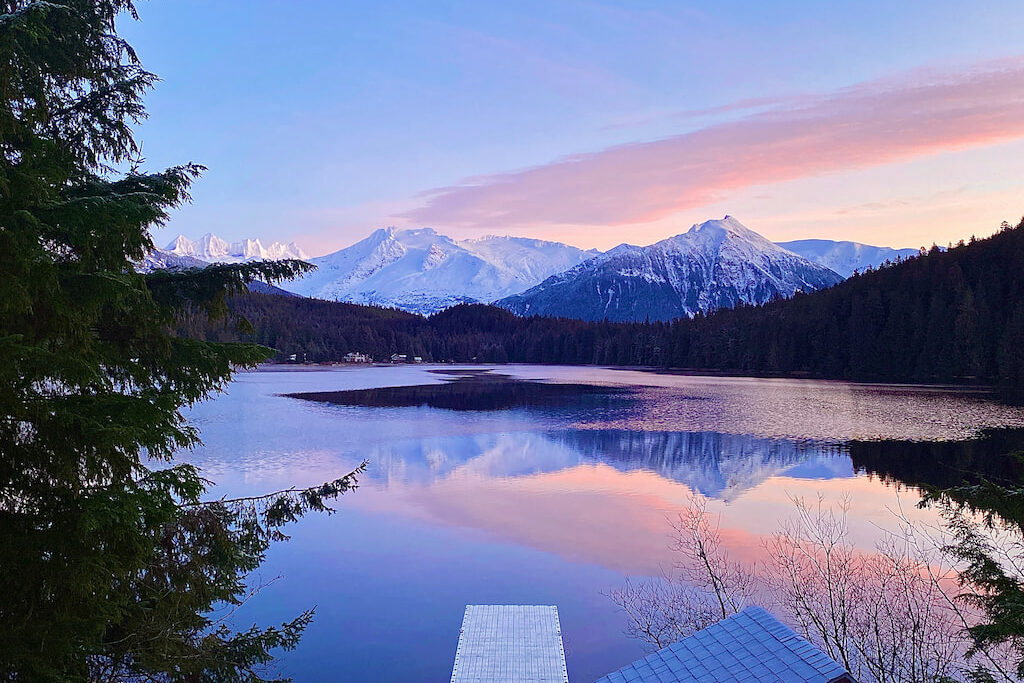Worst Time to Visit Alaska in 2024

The worst time to visit Alaska (and the best)? I’ve got you covered.
Alaska, the ‘Last Frontier’, is a place where wilderness and adventure intertwine. Its stunning landscapes, diverse wildlife, and the dance of the Northern Lights across its vast skies make it a dream destination for many.
Yet, timing your visit can mean the difference between a trip of a lifetime and a potentially disappointing experience. Understanding the best and worst times to visit Alaska is crucial to make the most of your journey.
In this guide, I’ll share invaluable insights garnered from my own voyages from Vancouver to this majestic frontier. I’ll never forget the thrill of my first sighting of the Aurora Borealis in Fairbanks, the biting cold seeping into my bones, yet overwhelmed by the magic of green and violet lights painting the night sky.
But my adventures have also taught me that certain times of the year can be challenging for visitors. This guide will help you navigate these considerations, identifying the best and the worst time to visit Alaska, including tips on when to catch the ethereal Northern Lights.
*This post may contain affiliate links, which means I may receive a commission, at no extra cost to you, if you make a purchase through a link. Please see my full disclosure for further information.
What is the Best Time to Go to Alaska?
Generally, the peak summer months of June through August are considered the best time to visit Alaska. It’s when the temperatures hover around a comfortable 60-70°F (15-21°C), and the long hours of daylight illuminate Alaska’s stunning scenery, offering ample opportunities for outdoor adventures like hiking, wildlife viewing, and fishing.
This period also coincides with the state’s salmon run, adding another level of excitement for both wildlife enthusiasts and fishing aficionados.
What is the Worst Time to Visit Alaska?
For some, the harsh Alaskan winter (November to March) may be deemed the worst time to visit. The frigid temperatures, significant snowfall, and limited daylight hours can restrict access to certain attractions and outdoor activities.
For others, these very conditions create the perfect setting for winter sports and witnessing the Aurora Borealis, making the notion of a ‘worst’ time to visit Alaska quite subjective.

What is the Coldest Month in Alaska?
Alaska is no stranger to cold weather. The coldest month is typically January, with temperatures in places like Fairbanks that can drop as low as -30°F (-34°C).
These freezing conditions can be a challenge, but with the right gear and mindset, they can also offer unique experiences such as ice-fishing, dog-sledding, and yes, prime Northern Lights viewing.
What is the Hottest Month in Alaska?
Alaska’s hottest month is typically July, when the state experiences average high temperatures between 60-70°F (15-21°C). This balmy weather, coupled with long daylight hours, makes it an excellent time to explore the state’s national parks or take a boat tour around its beautiful fjords and inlets.
What is Off-Season in Alaska?
The off-season in Alaska typically runs from late October and early April. During this time, the state sees fewer visitors, colder temperatures, and shorter daylight hours. If viewing the Northern Lights, participating in winter sports, or avoiding crowds is your preference, traveling in the off-season could be an excellent choice for you.
Don’t forget about the vibrant festivals like Fur Rondy and Iditarod.
What Time of Year is Cheapest to Go to Alaska?
The cheapest time to go to Alaska is typically during the shoulder seasons, in May and September. During these months, you’ll find lower rates on accommodation and flights. However, keep in mind that many tourist services, especially in more remote areas, may be closed or limited during these times.
Cheapest Time to Fly to Alaska
If budget is a significant factor in your travel plans, the cheapest flights to Alaska are typically found in the off-peak winter months, from October to early December, and then again from January to early May. It’s a cold time to visit, but for the brave, the Northern Lights and snow-covered landscapes offer a unique allure.

Best Month to Visit Alaska
The best month to visit Alaska depends on your interests. July offers long days, warmer weather, and great wildlife viewing. However, if the Northern Lights are on your bucket list, March provides long, dark nights and often clearer skies for viewing this spectacular phenomenon.
What is the Best Time to Visit Southern Alaska?
When it comes to visiting Southern Alaska, the months of June through August emerge as a clear favorite. With temperatures comfortably nestling between 60-70°F (15-21°C), summer is an excellent time for exploring the mesmerizing Kenai Fjords National Park, the awe-inspiring Exit Glacier, and the prolific wildlife of Kodiak Island.
The longer daylight hours make it an exceptional time for whale-watching in Seward or catching a glimpse of the brown bears at Katmai National Park.
What is the Worst Time to Visit Southern Alaska?
The worst time to visit southern Alaska is generally considered to be in the late fall and winter months, from November through early May.
During this time, temperatures can be quite cold, daylight hours are short, and weather conditions can be unpredictable. Locations such as Anchorage, Seward, and the Kenai Peninsula face frigid temperatures and significant snowfall, often limiting accessibility to certain attractions and outdoor activities.
If you’re equipped for winter weather and eager for winter sports or Northern Lights viewing, you could still have an exciting trip during these months.
Best & Worst Time to Visit Anchorage
Anchorage, the gateway to Alaska’s wild adventures, radiates a unique charm in the summer. From June to August, the city offers travelers long, bright days filled with diverse activities. You can hike the Flattop Mountain trail, engage in exhilarating salmon fishing in Ship Creek, or visit the Alaska Native Heritage Center for a cultural treat.
The cold winter months (November through March), despite their unique allure of skiing, ice skating, and dog sledding, might deter travelers due to frigid temperatures and shorter days.
Best & Worst Time to Visit Fairbanks
Nestled in Alaska’s Interior region, Fairbanks is the destination for those seeking the thrill of the Northern Lights. From late September to mid-April, the winter sky frequently dances with the ethereal Aurora Borealis, making the cold a worthy trade-off.
But, if your interests lean towards the gold rush history, hot springs, and experiencing the midnight sun, Fairbanks’ summer season is more fitting. With extended daylight and warmer temperatures, June through August is a delightful period for exploration.

What is the Best Time to Visit Northern Alaska?
Northern Alaska, with its arctic plains and the formidable Brooks Range, offers a narrow window for ideal exploration from late June to early August. Despite the cool temperatures, this period allows travelers to witness the region’s unique wildlife, like the musk oxen and the barren-ground caribou.
It’s also an opportunity to see the arctic tundra bursting with wildflowers, an experience that is both fleeting and beautiful.
What is the Worst Time to Visit Northern Alaska?
The winter months, with their extreme cold and ‘polar nights,’ present formidable challenges in Northern Alaska. From November to January, temperatures often plunge well below freezing, and daylight becomes a rare commodity. The region experiences polar night around the Winter Solstice, a period when the sun doesn’t rise above the horizon.
For the intrepid and adequately prepared though, this period provides an unmatched tranquil experience under the ethereal glow of the Aurora Borealis.
Best Weather in Alaska
Alaska’s best weather typically occurs from June through August.
During these summer months, the state enjoys long hours of daylight and milder temperatures. In places like Anchorage, daytime temperatures often reach a comfortable 60-70°F (15-21°C), perfect for outdoor adventures.
This period offers prime opportunities for a variety of activities, from whale watching in Seward, bird spotting on the Pribilof Islands, to hiking in the majestic Denali National Park.
Of course, ‘best’ is subjective. If your ideal Alaska experience involves the spectacle of the Northern Lights, then the clear, cold winter nights might be your ‘best’ weather.

Month-by-Month Weather in Alaska
Alaska in May
May signals the beginning of spring in Alaska. Temperatures start to rise, though there can still be a chill in the air. Days start getting longer, offering ample daylight for exploring. However, the Northern Lights become less visible as the nights grow shorter.
Alaska in June
June in Alaska is the start of summer. The days are longest around the summer solstice, with up to 19 hours of daylight in Anchorage, and even more in northern regions. Temperatures are mild, and the wildlife, including bears and whales, becomes more active.
Alaska in July
July, often the warmest month in Alaska, brings comfortable temperatures (average highs reaching the mid-60s°F (around 18°C)) and extended daylight.
The state’s natural beauty is on full display, making it ideal for visiting salmon-filled rivers, taking a scenic flight over towering mountains, or venturing on a glacier and wildlife cruise in Prince William Sound.
Alaska in August
Average temperatures in August range from 50-66°F (10-19°C). August experiences relatively warm temperatures and long daylight hours, though rain can be more prevalent in some areas. It’s a fantastic time for outdoor activities like hiking and bear watching.
Alaska in September
In September, the temperatures begin to fall, averaging between 44-57°F (7-14°C). Daylight hours reduce as the month progresses, but the chance to witness the Northern Lights begins to increase as night skies darken earlier.
Alaska in October
October sees a more significant drop in temperature, with averages between 34-46°F (1-8°C). Rain turns into snowfall in many regions, especially towards the end of the month, so warm and waterproof clothing is recommended.

Alaska in November
November marks the onset of winter with temperatures averaging between 18-33°F (-8 – 0.5°C). Snow blankets the ground, and daylight hours shrink significantly, making it a great time for winter sports.
Alaska in December
December is in the heart of Alaska’s winter with average temperatures plummeting to 6-25°F (-14 – -4°C). The state is transformed into a winter wonderland, though daylight can be as brief as 3-4 hours in some regions.
Alaska in January
As the coldest month in Alaska, January sees temperatures between -6-18°F (-21 – -8°C). Despite the frigid conditions, the Northern Lights often make a spectacular appearance in the clear, dark winter nights.
Alaska in February
February’s average temperatures range between 6-28°F (-14 – -2°C). Winter activities are still in full swing, and many winter festivals, such as the Fur Rondy in Anchorage, liven up the scene.
Alaska in March
March signifies a gradual transition from winter to spring, with temperatures averaging between 13-34°F (-10 – 1°C). The lengthening daylight hours herald the return of migratory birds and the breakup of ice in rivers.
Alaska in April
In April, temperatures rise to between 26-45°F (-3 – 7°C). As the snow melts and the landscape awakens, wildlife becomes more active, and it’s an excellent time for spotting animals like bears, moose, and returning birds.
Worst Time to Visit Alaska Conclusion
Ultimately, Alaska’s worst time to visit largely depends on personal preferences and activities planned. For those averse to the cold, the winter months may prove challenging, especially in Northern and Interior regions.
On the other hand, summer visitors might miss out on the mesmerizing spectacle of the Northern Lights. Nevertheless, each Alaskan season carries its unique charm and adventures. Whether it’s the snowy allure of winter or the verdant vitality of summer, Alaska promises an unforgettable journey.
More USA Travel Guides
Best & Worst Time to Visit California
Best Instagram Captions for Alaska Vacation
Funny Alaska Puns for Instagram






